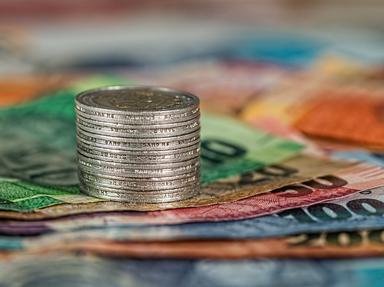Quiz Answer Key and Fun Facts
1. Canada's first coins were issued by the Province of Canada government in what year?
2. Which denomination was not issued until after Confederation, in 1870?
3. In 1871, which mint mark first appeared on Canadian coinage?
4. On what date did the Royal Mint, Ottawa Branch (now the Royal Canadian Mint) strike its first coins?
5. From 1912 to 1914, Canada also issued $5.00 and $10.00 gold coins for circulation. What was the reverse design of these coins?
6. Two of Canada's most valuable rarities, known as the "King" and "Prince" of Canadian coins, bear this date in common:
7. Canada's first circulating silver dollar was also her first commemorative coin. What was the year, and the event being celebrated?
8. World War Two caused two major composition changes to the nickel, as that metal was vital to the production of munitions. Which of the following metals was NOT employed in the manufacture of Canadian 5 cent coins at some time during the war?
9. Some 1947 dated coins bear a tiny maple leaf after the date. What major event spurred such a minor addition?
10. The 1949 silver dollar marks Newfoundland's entry into Canada as the tenth province. What ship is shown on the coin?
Source: Author
gylbert
This quiz was reviewed by FunTrivia editor
ozzz2002 before going online.
Any errors found in FunTrivia content are routinely corrected through our feedback system.

